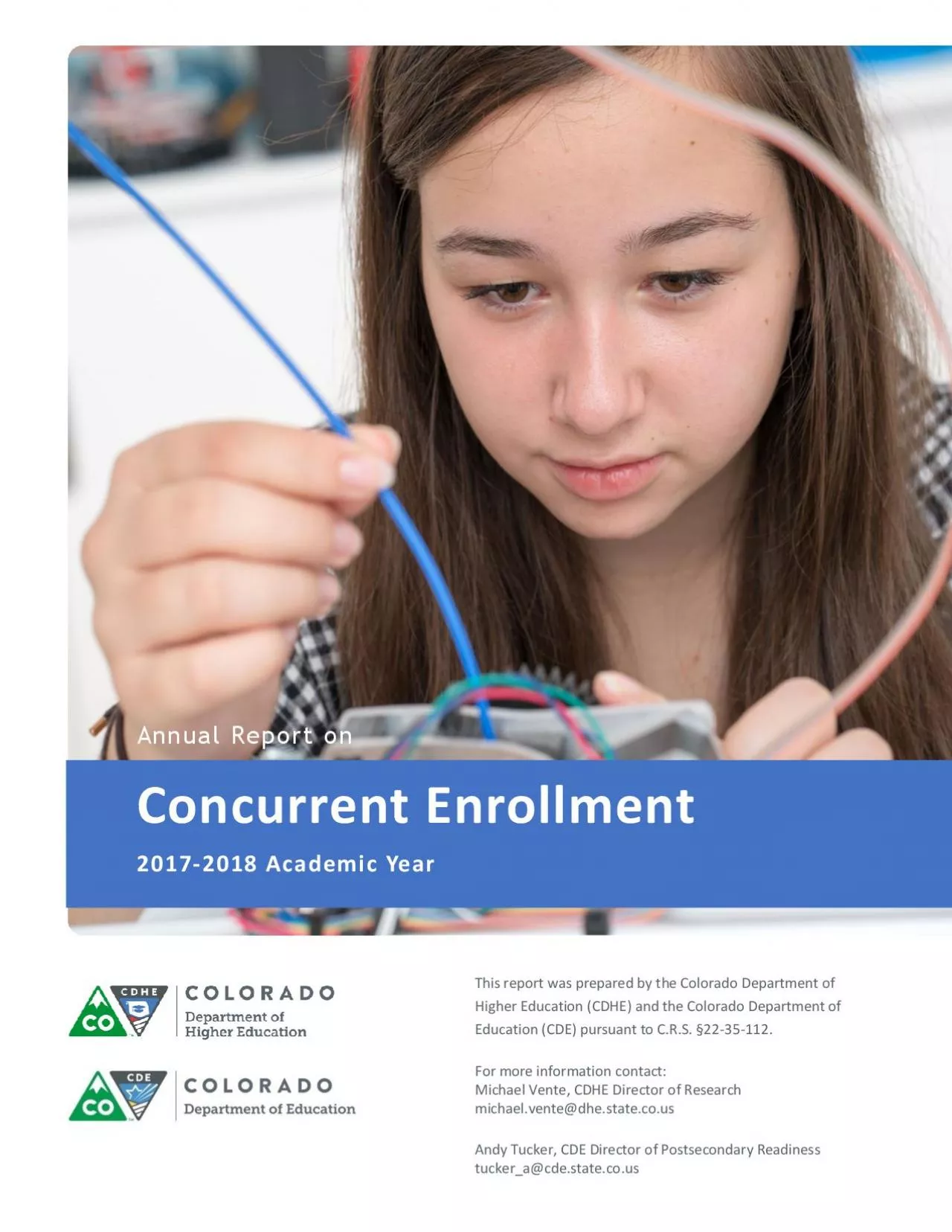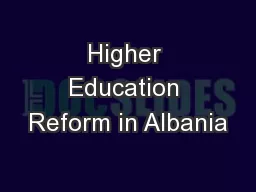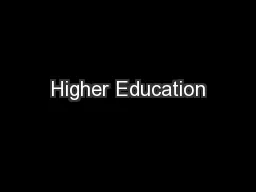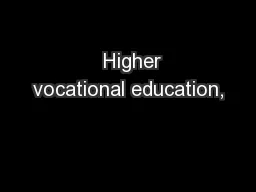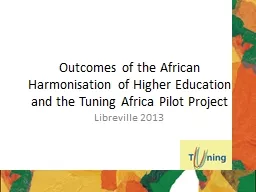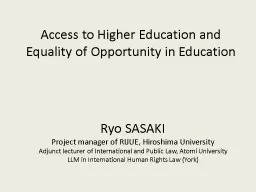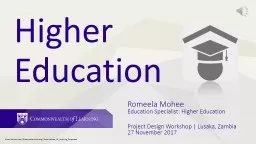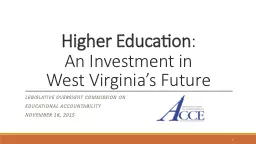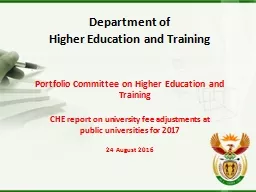PDF-Higher Education
Author : holly | Published Date : 2021-09-24
1CDHE and the Colorado Department of Education CDE pursuant to CRS 2235112For more information contactMichael Vente CDHE Director of Research michaelventedhestatecoustuckeracdestatecousAnnual
Presentation Embed Code
Download Presentation
Download Presentation The PPT/PDF document "Higher Education" is the property of its rightful owner. Permission is granted to download and print the materials on this website for personal, non-commercial use only, and to display it on your personal computer provided you do not modify the materials and that you retain all copyright notices contained in the materials. By downloading content from our website, you accept the terms of this agreement.
Higher Education: Transcript
Download Rules Of Document
"Higher Education"The content belongs to its owner. You may download and print it for personal use, without modification, and keep all copyright notices. By downloading, you agree to these terms.
Related Documents

